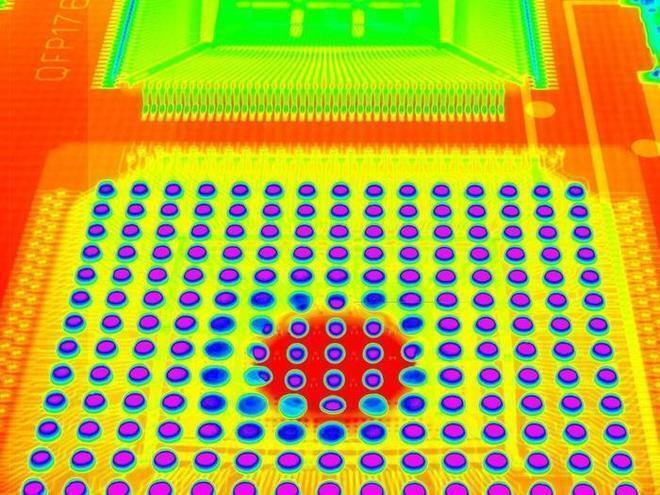Basic configuration and performance indicators of industrial CT testing equipment
Release time:2024-06-14Publisher:Jeenoce
1. Basic equipment configuration
Industrial CT testing equipment mainly consists of a radiation source, detector system, mechanical scanning system, reconstruction and visualization system, etc. Unlike medical CT, most industrial CT designs are customized based on user needs, with the same structure, configuration, functional characteristics, technical specifications, software, etc. between devices. Different radiation sources and detectors can form different detection systems, such as single source single detector (such as micro focal point radiation source+linear array detector), dual source single detector (such as conventional radiation source and accelerator radiation source+linear array detector), dual source dual detector (micro focal point radiation line source and conventional radiation source+linear array and planar array detector), etc. The combination of radiation source, mechanical scanning system, and detector system plays a decisive role in the performance of industrial CT system, which determines the range of industrial CT test specimens and the quality of information that may be obtained; The reconstruction and visualization system is an important component of industrial CT systems, which determines how to reconstruct high-quality CT images in a short period of time.

2. Equipment performance indicators
The overall performance indicators of industrial CT equipment mainly include the range of test specimens, testing time, image quality, defect detection capability, etc. The scope indicators for testing specimens include material, size, weight, etc; The detection time indicators include scanning and reconstruction time; Image quality indicators include spatial resolution, density resolution, artifacts, etc; Defect detection capability refers to the ability to detect defects such as pores and cracks.
The overall performance indicators of industrial CT equipment are determined by the configuration and performance indicators of each subsystem. Different configurations result in different functional characteristics and performance indicators. The indicators of radiation sources include radiation energy, radiation intensity, focal size, dose stability, etc; The detector indicators include probe size, number of channels, crosstalk, etc; The indicators of the data collection and transmission system include signal-to-noise ratio, stability, dynamic range, collection speed, consistency, etc; Mechanical system indicators include specimen range (weight, size, etc.), scanning method (second generation, third generation or cone beam), positioning accuracy of scanning axis, repeatability accuracy, etc; The indicators of reconstruction and visualization system include reconstruction algorithm, CPU (processor) running speed, memory size, image processing function, etc. In addition, the imaging quality of industrial CT is influenced by various factors such as beam hardening, scattering, scanning, and reconstruction parameters. Calibration, correction, and process parameter selection also have a significant impact on the final image quality.
The overall performance indicators of industrial CT equipment are usually mutually constrained, such as using high-energy linear accelerator CT, which has high ray penetration ability and can detect high-density and large-sized specimens. However, due to its usually large focal size, the final spatial resolution and defect detection ability are relatively poor. Micro nano focus CT systems typically have high spatial resolution and can detect small defects, but can only detect small samples of a few millimeters.

